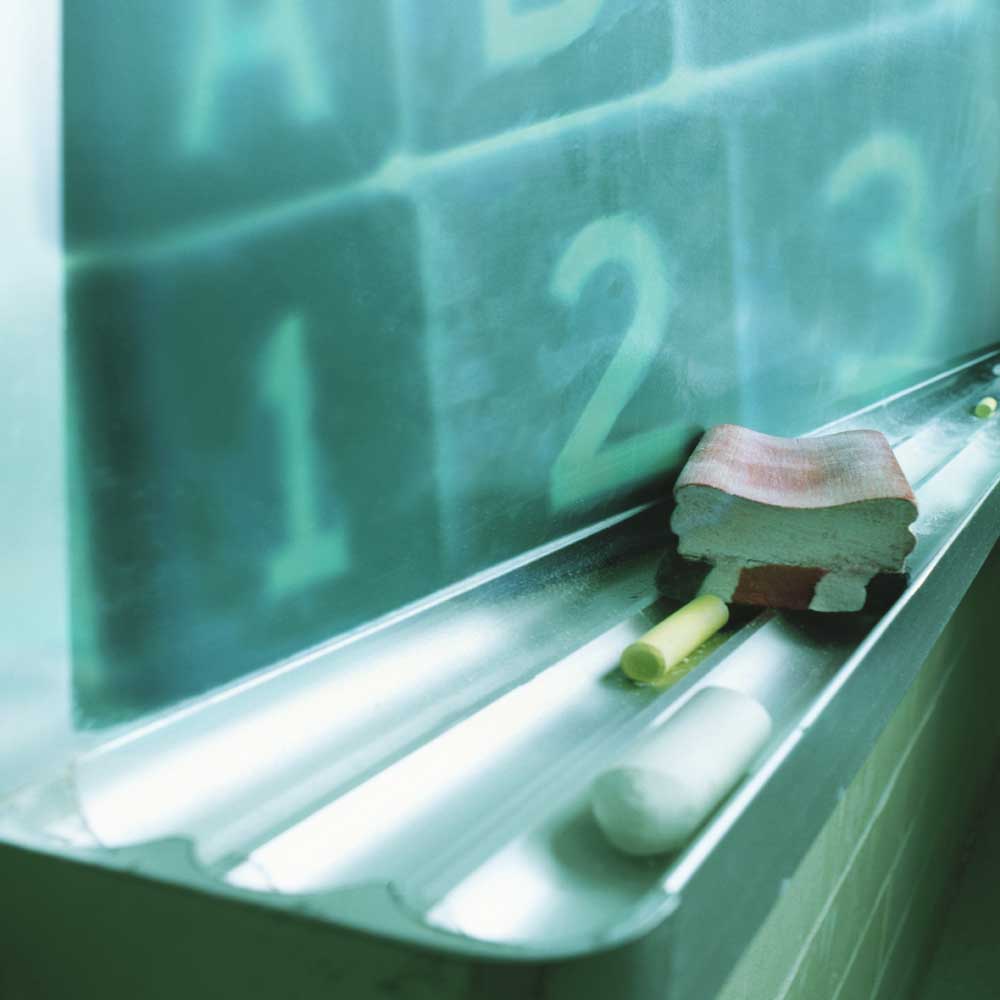No grades again on state report cards for schools
Published 7:00 am Saturday, October 14, 2017

- (Thinkstock)
For the third year in a row, the state has released report cards for every Oregon public school and district, but the report cards have no grades.
The report cards, which the Oregon Department of Education issues every year, offer a lot of information on school districts and their schools. The report cards are meant to provide a snapshot of how schools and districts are doing, including student outcomes, demographics, graduation rates, test scores, enrollment numbers and median class size.
They used to give schools and districts an overall rating, but that stopped in 2015. The Oregon Department of Education received permission at that time from the U.S. Department of Education for a one-year moratorium on giving out ratings because it was implementing a standardized test, the Smarter Balanced test. At the time, officials said the new Smarter Balanced scores couldn’t easily be compared to the old OAKS test scores.
But Thursday, the day the state released the most recent set of report cards, the state said it didn’t give overall ratings because it is redesigning the report card.
The redesign is in response to new flexibility provided under the federal Every Student Succeeds Act.
The state submitted an education plan adapted to the Every Student Succeeds Act the U.S. Department of Education approved on Aug. 30. Part of that plan includes the redesigned report card, which the state plans to roll out in fall 2018. That report card is meant to give a more comprehensive look at schools and districts that will show their strengths and areas they can improve.
The state has relied on academic data collected only from state testing “for far too long,” Colt Gill, deputy superintendent of the Oregon Department of Education, said in a release.
“We know schools have more to share regarding how they provide an equitable and well-rounded education to students,” Gill said.
One feature the report cards share is the freshmen-on-track rate, which shows the percentage of students who earned 25 percent of the credits required for a diploma by the end of their freshman year.
Several local school districts improved those rates by a few percentage points. Jefferson County School District went from 77.5 percent to 82.4 percent, Bend-La Pine Schools from 83.2 percent to 88.1 percent and Redmond School District from 83 percent to 87.2 percent.
One data point the report cards provide is the lack of diversity among staff in Central Oregon Schools. In Bend-La Pine Schools, about 95 percent of teachers were white, which was about 10 percent higher than the white student population.
Sisters School District’s staff was 100 percent white in grades K-12, according to the report card, while the percentage of white students hovered between 82 percent and 85 percent, depending on the grade level. In Jefferson County School District, 98 percent of teachers in grades nine through 12 were white, in comparison with 27 percent of ninth through 12th grade students being white. According to the report card, 35 percent of students were Hispanic or Latino and 36 percent were Native American.
In the process of redesigning the report cards, the state is taking input from parents and stakeholder groups to find the data that’s most important and how to best present it to families and communities. The new report cards will let schools and districts highlight special programs and activities.
The format will include an “at-a-glance report card” and an online dashboard that will give more detailed information on public schools and districts. The report cards are available via downloadable PDFs on the department of education’s website at www.ode.state.or.us/data/reportcard/reports.aspx.
— Reporter: 541-383-0325, kfisicaro@bendbulletin.com
Give feedback
The Oregon Department of Education is surveying families and community members about the report card redesign here: surveymonkey.com/r/55FTJJL






